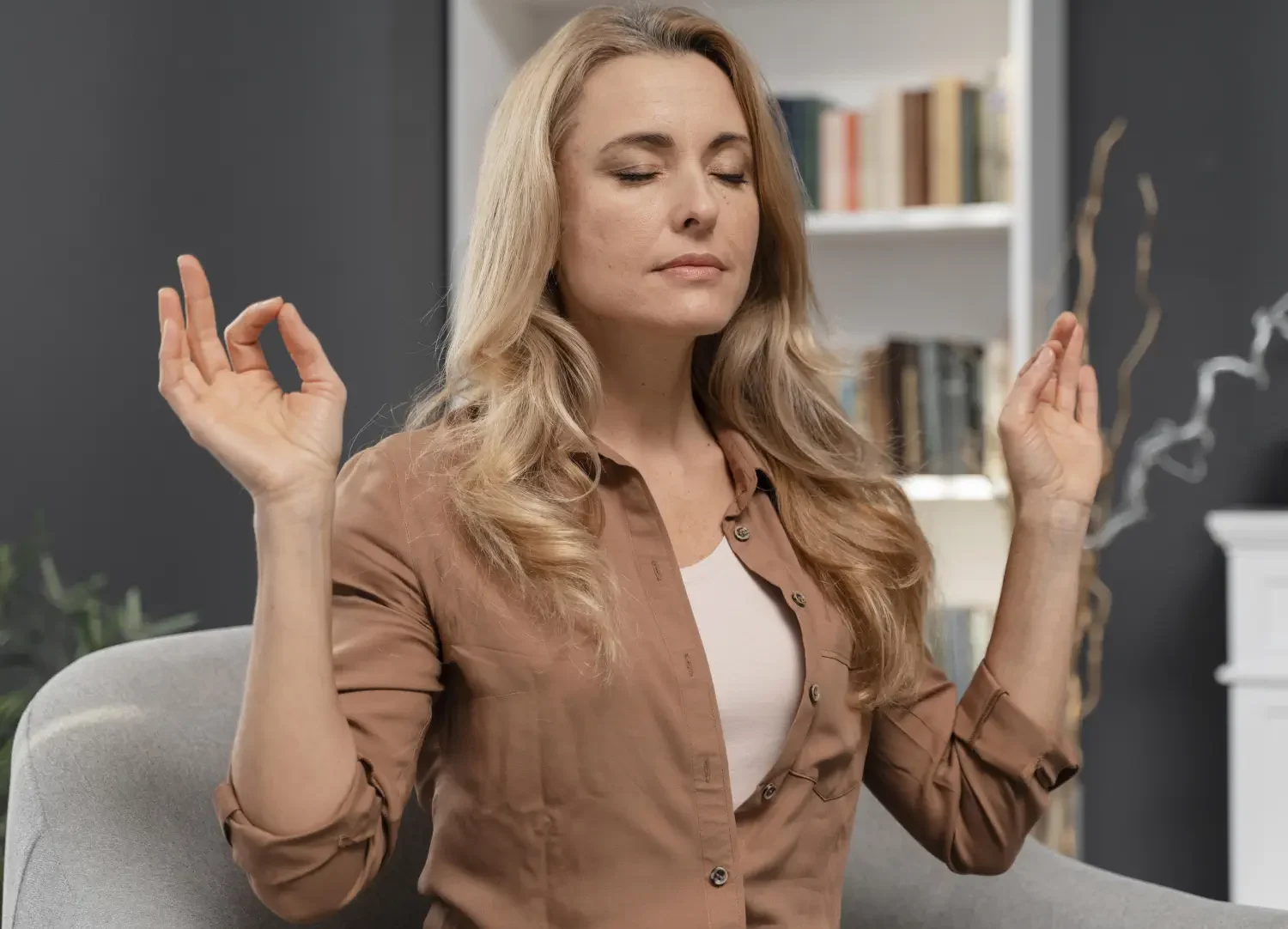We offer medical detox and multiple addiction treatment options in our
luxury treatment centres in Port Hope, Cobourg, and Ottawa.
How Long Does Drug Rehabilitation Take? Length of Addiction Treatment
The period of drug rehabilitation can range widely, reflecting the complexities of addiction treatment. Understanding how lengthy rehabilitation takes is essential for placing practical expectations and getting ready for the adventure beforehand. Drug addiction is a multifaceted issue, stimulated by different factors that determine the period of treatment.
From the severity of the dependency to the type of treatment program chosen, each element performs a sizable function in shaping the recovery timeline. In this article, we discover the elements that affect the length of addiction treatment and offer insights into the unique stages of the rehabilitation procedure.
By gaining a comprehensive understanding, people and their loved ones can better navigate the course to recuperation.
Key Takeaways
- Influencing Factors: The duration of drug rehabilitation varies based on addiction severity, substance type, mental health issues, personal history, and support system.
- Treatment Programs: Inpatient, outpatient, partial hospitalization, and intensive outpatient programs offer different levels of care to meet individual needs.
- Rehabilitation Stages: Key stages include assessment, detoxification, intensive therapy, and aftercare, ensuring comprehensive treatment.
- Individualized Care: Personalised treatment plans with various therapies and holistic approaches improve recovery outcomes.
- Long-term Success: Factors like program length, aftercare, family support, personal motivation, and medication-assisted treatment contribute to lasting sobriety.
Factors Influencing Length of Drug Rehabilitation
The length of drug rehabilitation in treatment centres varies extensively, relying on numerous elements. One of the number one determinants is the severity of the addiction. Individuals with lengthy-term or extreme substance abuse issues generally require greater prolonged durations of remedy. Another critical aspect is the sort of drug being abused, as a few substances cause more outstanding excessive physical and psychological dependencies, necessitating longer remedy times.
The presence of coinciding intellectual health disorders can also substantially affect the length of rehab. People trying to overcome both addiction and mental health troubles frequently need integrated treatment techniques, which can expand their lives in remedy facilities. Additionally, the person's personal history, which includes previous tries at sobriety and relapse patterns, can affect the period in their rehabilitation.
Family guidance and social surroundings are also crucial concerns. A supportive community can beautify the recovery manner in treatment centres, potentially shortening the time needed for a rehab program. Conversely, individuals missing assistance or dwelling in environments conducive to substance use may additionally require longer stays to acquire long-term success.
The unique remedy approach used by dependency treatment facilities can also affect the period of rehab. Programs that contain a mixture of cures, including behavioural remedies, medicinal drug-assisted remedies, and holistic procedures, may provide extra complete care; however, they ought to require a more extended dedication. Personal motivation and readiness for alternatives are critical, as highly prompted individuals may also progress via remedy extra fast.
Lastly, the provision of aftercare and ongoing help services plays a role. Robust aftercare plans in treatment centres can offer essential assistance to transition back into everyday life, doubtlessly lowering the need for extended inpatient treatment. Understanding those elements allows us to appreciate why treatment times vary. It highlights the significance of customized care plans in addiction remedies.
Key factors influencing length of drug rehabilitation:
- Severity of addiction
- Type of drug abuse
- Co-occurring intellectual health issues
- Personal records and relapse patterns
- Family help and social surroundings
- Specific treatment techniques used
- Personal motivation and readiness for change
- Availability of aftercare and ongoing support offerings.

Types of Drug Rehabilitation Programs
Drug rehabilitation packages come in numerous formats, each designed to deal with specific needs and occasions. Inpatient rehab program applications are incredibly structured, presenting 24/7 care in a residential setting. These programs are ideal for people with excessive drug dependence who require constant supervision and assistance. Outpatient remedy packages, however, offer flexibility, allowing individuals to live at home while attending remedy periods and scientific appointments. This sort of rehab program is appropriate for those with much less severe addictions or robust guide structures at home.
Partial hospitalisation packages (PHP) are a centre floor among inpatient and outpatient care. Treatment programs offer in-depth remedies at some stage in the day, permitting patients to go back home for the night. Intensive outpatient applications (IOP) additionally provide an excessive degree of care but with greater flexibility, frequently assessments several times a week for prolonged sessions. Both PHP and IOP are beneficial for persons who need widespread help but no longer require 24-hour supervision.
Detoxification applications cognizance on accurately dealing with the bodily symptoms of withdrawal from capsules. These programs usually are step one inside the rehab technique, making people ready for similar treatment programs. Sober living houses provide a supportive, drug-unfastened environment for individuals transitioning from rehab to everyday life. These houses emphasize responsibility and community guidance.
Therapeutic groups (TCs) are lengthy-term residential remedy packages that target the re-socialization of individuals. These packages regularly last six to twelve months and address the social and psychological components of drug dependence. Faith-based rehab programs contain non-secular or religious teachings about the remedy technique, which is attractive to individuals searching for a religious approach to restoration.
Holistic rehab programs integrate opportunity therapies, along with yoga, meditation, and acupuncture, with conventional treatment techniques. The purpose is to deal with the whole individual, addressing physical, emotional, and religious health. Medication-assisted remedy (MAT) combines remedy with behavioural therapy to deal with drug addiction, especially for materials like opioids and alcohol.
Family remedy programs contain their family members in the remedy technique, spotting the position of the circle of relatives dynamics in addiction. These programs' goal is to repair relationships and build a supportive home environment. Understanding the type of drug rehabilitation programs available can help individuals pick out the best in shape for their desires, making sure a tailored approach to recovery.
Types of drug rehabilitation programs:
- Inpatient rehab applications
- Outpatient remedy applications
- Partial hospitalisation programs (PHP)
- Intensive outpatient programs (IOP)
- Detoxification applications
- Sober dwelling houses
- Therapeutic groups (TCs)
- Faith-based totally rehab programs
- Holistic treatment programs
- Medication-assisted treatment (MAT)
- Family therapy programs.

Main Stages of Drug Rehabilitation
The drug rehabilitation manner commonly involves several key ranges, each designed to address one-of-a-kind factors of dependency and healing. The first degree is the preliminary evaluation, wherein scientific experts evaluate the patient's physical and mental situation. This evaluation allows one to decide the severity of the drug addiction and become aware of any coexisting intellectual health disorders, guiding the selection of treatment options.
Detoxification is generally the following degree: focusing on appropriately dealing with withdrawal symptoms as the body clears itself of medication. This stage is essential as withdrawal signs may be severe and require clinical supervision. Detox prepares people for the subsequent phase of treatment by stabilizing their physical condition.
Following detox, individuals enter the rehabilitation phase, which includes intensive therapy and counseling. This level addresses the underlying psychological troubles related to drug addiction, making use of numerous healing strategies. Treatment options in the course of this stage can also consist of cognitive-behavioral therapy, institutional remedy, and family counseling, tailor-made to satisfy the particular desires of the affected person.
During the rehabilitation phase, individuals additionally research coping strategies and lifestyle capabilities to help them manage triggers and prevent relapse. This degree is vital for building a robust basis for long-term healing. Once the in-depth treatment section is complete, the focus shifts to aftercare planning.
Aftercare entails ongoing help and sources to assist individuals in maintaining their sobriety after leaving the rehab program. This may consist of persevering remedies, assisting businesses, and sober dwelling preparations. Aftercare intends to provide a protective environment that supports long-term achievement and stops relapse.
Each level of treatment options is designed to offer complete care that addresses all of the bodily and mental factors of drug addiction. Understanding these ranges can help individuals and their families realize what to expect throughout the treatment process. This structured approach ensures that every issue of recovery is included, paving the way for successful, sustained sobriety.
The common withdrawal symptoms include:
- Nausea
- Sweating
- Anxiety
- Insomnia
- Muscle aches
- Irritability.

Individual Treatment Programs
An individual treatment program in drug rehabilitation is designed to satisfy the particular needs of each affected person. Recognizing that no two cases of drug and alcohol addiction are equal, those programs offer tailor-made processes for restoration. A man or woman remedy program starts with a complete evaluation, which evaluates the patient's bodily, mental, and social factors. This customised assessment helps in growing a remedy plan that addresses specific demanding situations and desires.
Customised treatment alternatives can include a mixture of healing procedures consisting of cognitive-behavioural remedies (CBT), character counselling, and group remedies. The flexibility of a man or woman's individual treatment program allows for modifications based on the patient's development and evolving wishes. This adaptability is crucial for addressing the complex nature of drug and alcohol dependence. By specialising in personalised care, those packages enhance the effectiveness of dependency remedies and support lengthy healing periods.
Moreover, individualised remedy plans frequently incorporate holistic methods, including meditation, yoga, and dietary counselling, to help overall well-being. These additional healing procedures aim to treat the complete individual, not just the addiction. Tailored applications also remember the affected person's lifestyle, responsibilities, and private options, making it easier for them to engage absolutely in their recuperation adventure.
Support from family and friends are frequently incorporated into individual remedy programs, recognizing the importance of a supportive environment. By regarding loved ones, patients can build a more potent aid network, which is important for retaining sobriety after remedy. Individualised remedy ensures that every patient gets the particular care they need to triumph over drug and alcohol addiction correctly. This personalised approach is essential for attaining a hit and sustainable recuperation results.
Success Rates and Long-term Recovery
Success prices of drug rehabilitation packages can vary; however, numerous vital factors contribute to long-term restoration. Treatment facilities that provide customized and complete care often see higher achievement rates. These facilities have cognizance of addressing each of the physical and mental components of addiction, supplying a holistic approach to the restoration method. The inclusion of treatment plans together with cognitive-behavioural remedy (CBT) and personal counselling enhances the effectiveness of the remedy.
Long-time period recovery is drastically prompted through the great duration of the rehabilitation software. Programs that extend past 90 days commonly report higher consequences, as they provide sufficient time for people to increase new coping capabilities and conduct. Additionally, the supply of aftercare offerings, including persevered remedy and support agencies, is critical for sustaining restoration.
These offerings assist individuals in navigating the challenges of returning to ordinary lifestyles without falling back into antique styles.
Another critical aspect of long term recovery is the aid gadget surrounding the individual. Vital help from family, friends, and peer organisations can provide the encouragement and accountability needed to maintain sobriety. Treatment facilities that contain loved ones inside the restoration manner regularly see progressed success prices. Moreover, non-public motivation and readiness to change play a significant role in reaching lasting healing.

The use of drugs-assisted treatment (MAT) for certain addictions, which includes opioids, also can decorate fulfillment costs. MAT, blended with behavioural healing procedures, addresses both the physiological and mental dependencies on substances. Lastly, the adaptability of treatment applications to fulfill the evolving needs of people ensures that the recovery process is dynamic and responsive.
Understanding these elements facilitates people and their families in choosing the most effective remedy centers and techniques, ultimately supporting lengthy-term healing and sustained sobriety.
FAQ
How long does drug rehabilitation typically last?
The length of drug rehabilitation varies significantly based on several factors, including the severity of the addiction, the type of substance abuse, and the presence of coexisting mental health disorders. Treatment can range from a few weeks to several months, with more severe cases often requiring extended care.
What factors influence the duration of addiction treatment?
Several factors influence the duration of addiction treatment. The severity of the addiction, type of substance, presence of co-occurring mental health issues, personal history and relapse patterns, and the level of family support all play crucial roles. Additionally, the specific treatment approach and the availability of aftercare services can impact the length of rehabilitation.
How do family support and social environments affect rehabilitation?
A supportive family and social environment can significantly enhance the recovery process, potentially shortening the required treatment duration. Conversely, individuals lacking support or living in environments conducive to substance use may need longer stays in treatment to achieve long-term success.
What types of drug rehabilitation programs are available?
Various drug rehabilitation programs cater to different needs, including inpatient rehab, outpatient treatment, partial hospitalisation, intensive outpatient programs, detoxification, sober living houses, therapeutic communities, faith-based rehab, holistic treatment programs, medication-assisted treatment, and family therapy programs. Each program type addresses specific aspects of addiction and recovery.
What are the main stages of drug rehabilitation?
The main stages of drug rehabilitation typically include initial assessment, detoxification, intensive therapy and counselling, and aftercare planning. Each stage addresses different aspects of addiction and recovery, ensuring comprehensive care that supports long-term sobriety.






